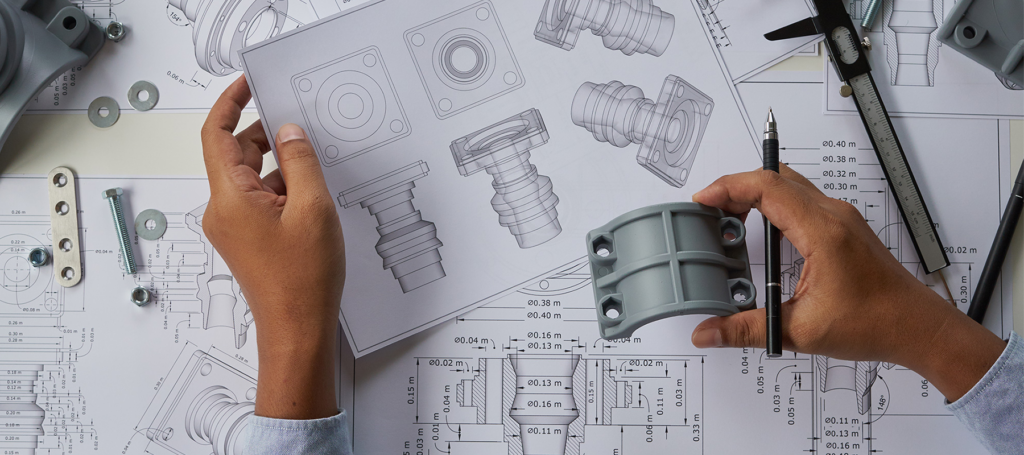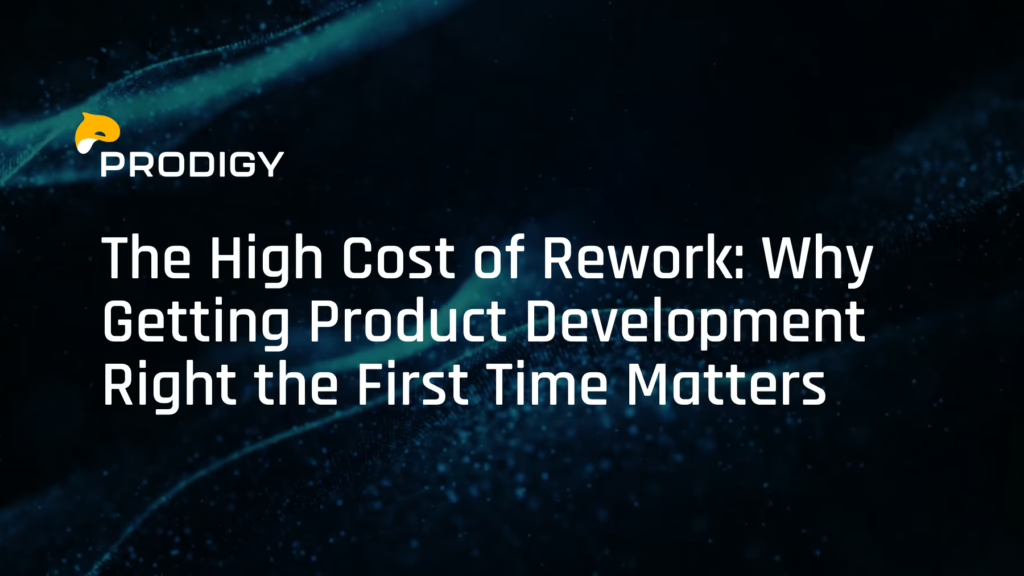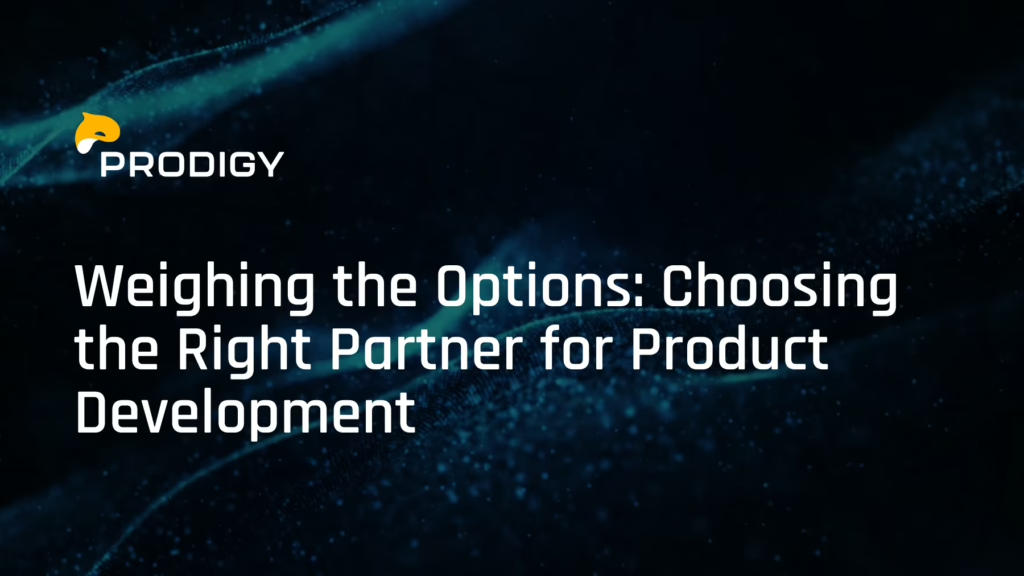Insights
Top Trends From CES 2023: Everything Is Connected and It’s Just Getting Started…
From AI processors that cost less than a candy bar—to IoT-connected waste receptacles—if there was anything we learned from CES 2023, it’s that legacy devices are getting smarter and more connected by the day—and they’re doing it faster, easier, and more affordably than you think.
Below, we share our key takeaways from the event—namely, the top trends from CES 2023 that we believe will have a transformative, game-changing impact on product design and device engineering in the years ahead.
Trend #1: From EV’s to TV’s, It’s the Smaller & Simpler Parts That Matter
As we walked by three-story-high John Deere trucks, 90-inch LCD televisions—and electric vehicles of every variety for land, air, and sea—the most impressive technology we saw was of a smaller, simpler, and less expensive variety. As you might have guessed, we’re talking about chips.
Not potato chips, AI chips—ones that cost between $2 and $3 a piece and require a fraction of the energy that traditional AI chips need to operate. One of the most striking CES trends we noticed was the introduction of easy-to-manufacture AI chips that use analog technology instead of digital. With analog technology, these chips cost less to build and require dramatically less energy to run.
We were particularly enamored with the inexpensive analog AI chips from AIStorm, which had camera sensors built into them. These chips got our imaginations buzzing with possibilities when we started thinking about how easy and affordable it would be to integrate them into existing technology. For example, these chips could offer great utility for applications like real-time eye-tracking, detecting and counting people in rooms, and analyzing different frequencies and tones. Whereas traditional digital chips use watts of power—and usually require a daily top-up of energy—these low-energy analog chips use only microwatts of power. This creates the possibility of designing IoT devices for remote locations that operate wirelessly for months without needing a recharge.
Everyone does AI digitally, but isn’t it more efficient to do AI in the analog realm? First, they use less space on silicon. Second, they enjoy a cheaper manufacturing process. Third, they use microwatts of energy instead of watts. From our perspective, analog AI chips are trending and we can’t wait to explore the new possibilities they will bring to IoT sensor technology.
Trend #2: It’s All About That IoT, IoT, IoT…
Another trend we noticed is the integration of IoT sensors into everything imaginable. Whether it’s an EV, TV, or trash can, IoT sensor technology is becoming more affordable, more compatible, and easier to integrate with existing systems. More and more, the Internet of Things includes every thing as device manufacturers race to explore the benefits of cloud connectivity.
For example, Rezzi began with a mobile sanitation receptacle that can take itself out automatically. But at CES 2023, they showcased a new IoT-connected trash receptacle that collects data on its contents and uploads it to the cloud for analysis. When a network of smart trash cans offers real-time data about their contents to the cloud, municipalities can optimize their trash pickup schedules. This is just one example of the many benefits that come from real-time IoT cloud connectivity.
Read about the surprising benefits that came after we added IoT connectivity to the ColdJet Ice Blaster.
Of course, we didn’t just enjoy the IoT displays at CES; we were a part of them. If you came to the event and explored the IoT section, you would have found us sharing a booth with our project partner Blue Wireless and their founder/CEO, Dr. Ray Ozzie (former CEO of Microsoft).
Trend #3: Packaged, Prepaid Data Plans With Global Cell Providers
The final trend is the fact that many device builders are behind the scenes making deals with global cell providers to package affordable, long term data plans. These deals make it possible for a small IoT sensor to stream data continuously around the world without the need for a monthly service fee.
For example, a packaged data plan for a small IoT module might cost a flat rate of $30 to $50 dollars for 500MB. Device manufacturers can build this cost into the retail price of their IoT sensor devices, which could operate for years with no additional fees. This is making IoT connectivity more available and more affordable for a wider range of devices.
Final Thoughts on the Top Trends from CES 2023
At the end of the day, CES 2023 introduced us to some exciting new approaches and technologies when it comes to integrating IoT, cloud connectivity, and AI chips into new and legacy devices. The standardization, affordability, and availability of these advancements in IoT have already inspired some innovative brainstorming sessions with our clients—and we look forward to sharing the cutting-edge results of those sessions in the coming year.
In the meantime, our key takeaway from CES 2023 relates to the rapidly growing interest in IoT sensors, AI chips, and cloud connectivity for the widest range of devices. Not just for trash cans, but also for refrigerators, lawnmowers, toothbrushes, toasters, home safety systems, EVs, TVs, and so much more. Virtually everything in your life is about to get connected.
Do you have an idea for an IoT sensor integration? Send us an email and let’s talk about it.






